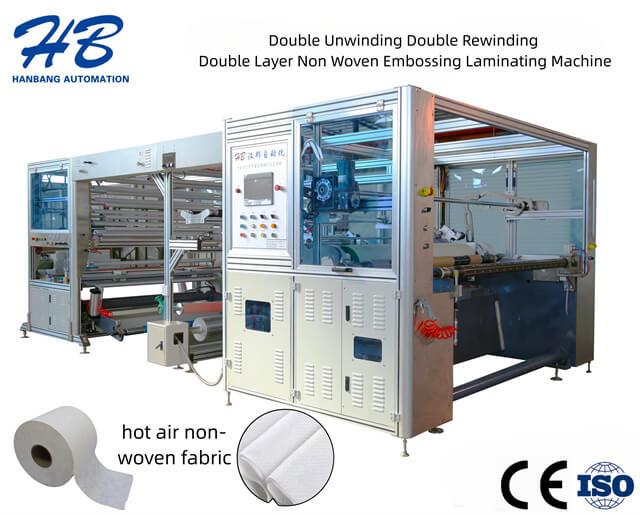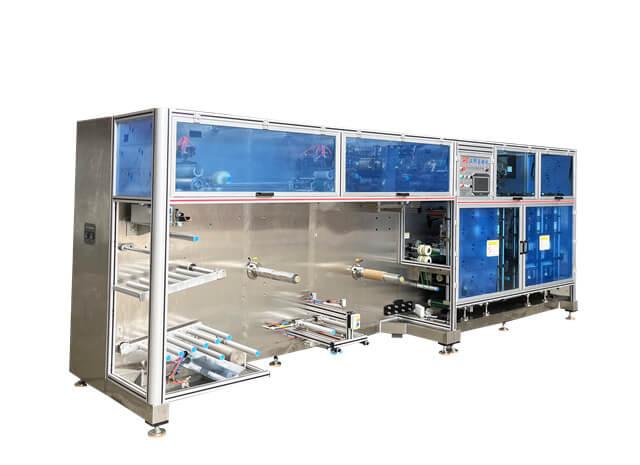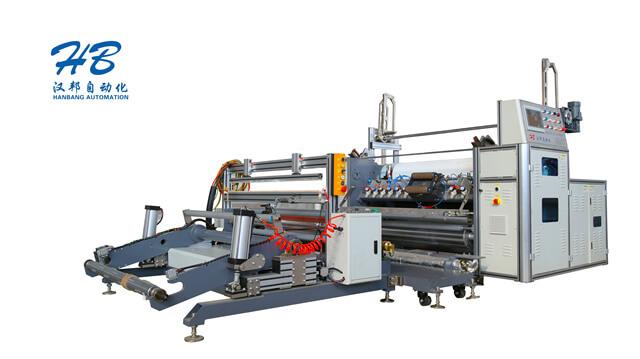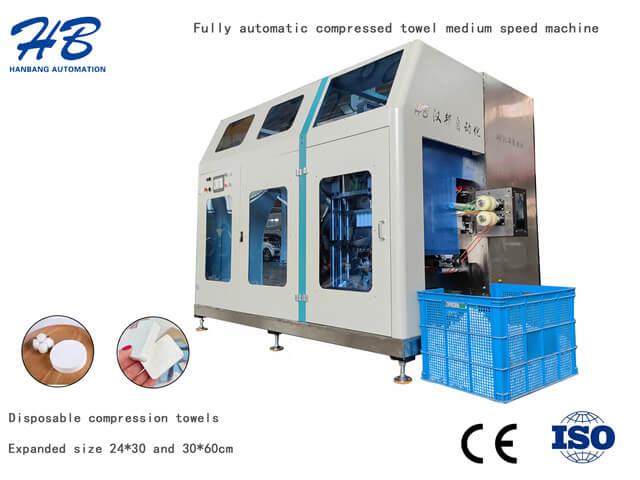Author:HB Nonwoven MachineryFROM:Compressed Towel Machine Manufacturer TIME:2023-11-17
Nonwoven fabric machines are crucial in the production of various everyday products, including diapers and sanitary napkins. These machines play a vital role in ensuring the high-quality and efficient manufacturing of these essential items. However, the installation of a nonwoven fabric machine requires careful consideration and precise execution to ensure optimal performance. In this article, we will provide installation tips for a nonwoven fabric machine in the diaper and sanitary napkin industry.
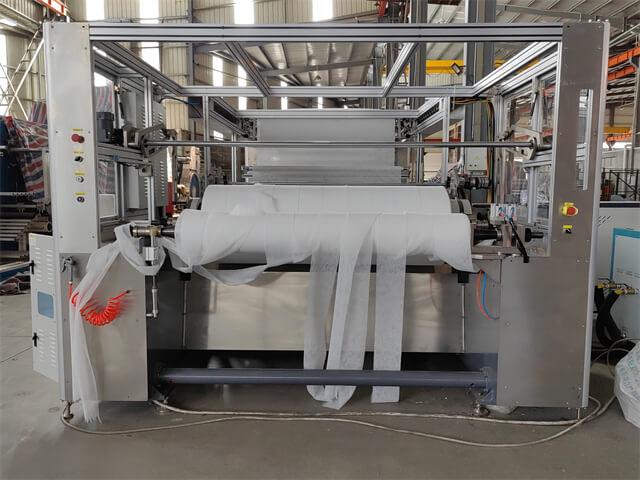
Prior to the installation process, it is essential to prepare the site where the nonwoven fabric machine will be placed. The area should be clean, well-ventilated, and free from any obstructions. Additionally, the floor should be flat and capable of supporting the weight of the machine. It is also crucial to ensure that the necessary utilities, such as water, electricity, and compressed air, are readily available at the installation site.
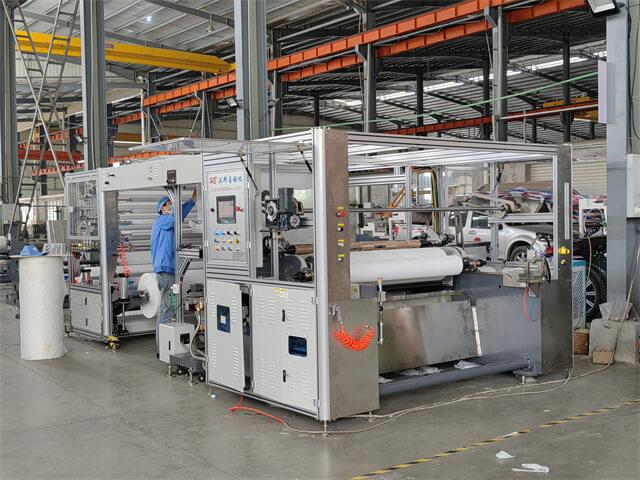
The positioning of the nonwoven fabric machine is critical for its proper functioning. It should be installed in a location that allows for easy access and maintenance. Additionally, the machine should be positioned in a way that facilitates the smooth flow of materials throughout the production process. Careful attention should be given to the alignment of the machine components, ensuring they are correctly positioned for optimal performance.
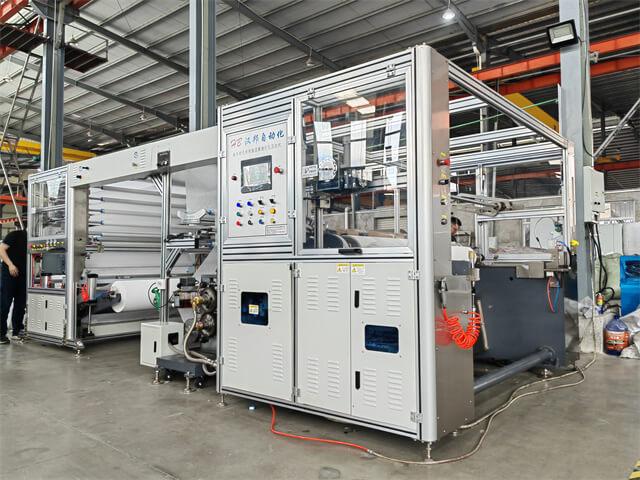
Proper electrical connections are vital for the nonwoven fabric machine to operate efficiently. It is important to follow the manufacturer's guidelines and specifications when connecting the machine to the power supply. This includes ensuring the correct voltage, phase, and frequency requirements are met. It is recommended to seek professional assistance from an electrician to ensure the safe and proper installation of electrical connections.
The nonwoven fabric machine requires a reliable water supply for various processes, such as cooling and cleaning. It is essential to connect the machine to a suitable water source that meets the specified requirements in terms of pressure and quality. Adequate filtration and treatment systems should be installed to prevent any contaminants from entering the machine, which could compromise the quality of the end product.
Compressed air is often used in nonwoven fabric machines for pneumatic control and operation of certain components. It is crucial to ensure a stable and clean compressed air supply for the machine. This involves installing the necessary air compressors, dryers, and filters to maintain the required air pressure and quality. Regular maintenance and monitoring of the compressed air system are essential to avoid any issues that may arise during operation.
When installing a nonwoven fabric machine, it is essential to prioritize safety measures. This includes providing proper safety barriers, emergency stop buttons, and clear signage to ensure the safety of operators and maintenance personnel. The installation area should also be well-lit and equipped with fire suppression systems as per the required safety standards. Conducting thorough risk assessments and implementing appropriate safety protocols are crucial steps in ensuring a safe working environment.
After completing the physical installation of the nonwoven fabric machine, it is important to conduct rigorous testing and calibration. This involves running the machine through various production cycles to ensure all components are functioning correctly and producing the desired output. Proper calibration of sensors, temperature controllers, and other critical parameters is essential to ensure consistent and high-quality product manufacturing.
Once the installation and testing processes are complete, it is crucial to provide comprehensive training to the machine operators and maintenance personnel. This includes familiarizing them with the machine's operation, troubleshooting techniques, and regular maintenance procedures. Additionally, proper documentation should be maintained, including equipment manuals, spare parts lists, and maintenance logs, to facilitate efficient machine operation and troubleshooting in the future.
The installation of a nonwoven fabric machine in the diaper and sanitary napkin industry requires careful planning and attention to detail. By following the outlined tips, manufacturers can ensure a smooth and successful installation process. A properly installed and maintained nonwoven fabric machine will contribute to the efficient production of high-quality diapers and sanitary napkins, meeting the demands of consumers for reliable and hygienic products.
